Car culture: New York’s Leila Heller assembles ‘Shrines to Speed’
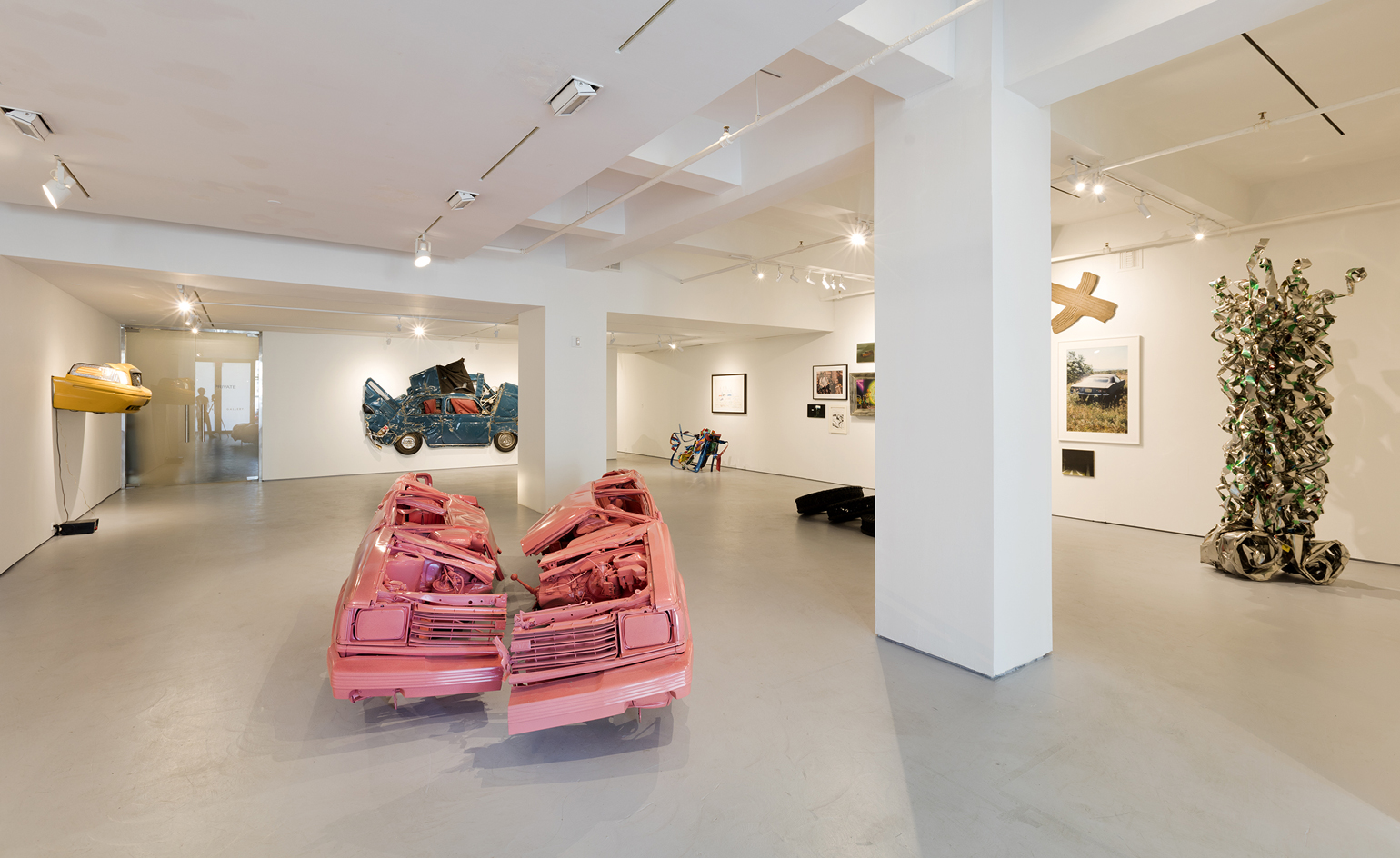
Most curators start with a wishlist of works they want to include in a show– not Alexander Heller and Vivian Brodie. The co-curators of Leila Heller’s ‘Shrines to Speed’ chose instead to take a winding journey toward their final catalogue. The resulting exhibit firmly places their show in the lane of minimalists that ‘inject meaning into an object’ and so joins the great American drive toward metaphor.
Proof that cars have become the country’s chosen vehicle of symbolism is everywhere: literature, photographs, music. Brodie –co-founder of nonprofit Y&S, and a gifted show organizer– and Heller– Leila Heller gallery director– have had the vision to bring these disparate media together in a display that, if chaotic, is deliberately so.
Highlights include Ed Ruscha’s rare publication Every Building on the Sunset Strip and Ron Arad’s Pressed Flower Petrol Blue, 2013. Exhibited for the first time is a work by Bay Area painter Richard Diebenkorn, known for his contributions to abstract expressionism. There are artists overtly associated with cars: John Chamberlain and, in recent years, Arad– as well as less expected additions, like the photography of Ruth Orkin.
You can’t talk about cars in American culture without talking about pure existential fear, perhaps best expressed in the anonymity of being pinned behind one of John Baldessari’s dots– also included in the show. Walking through the gallery, one is chauffeured toward the conclusion that the car will free you; the car will destroy you... but all will be fine, as long as you keep moving.
Heller and Brodie reference this oblivion as a key theme in the show. They find the literary equivalent in Bret Easton Ellis’ Less Than Zero when narrator Clay becomes deeply unsettled by a billboard proclaiming ‘Disappear Here.’ Clay, of course, responds by gunning his car away.
‘Shrines to Speed’ calls to mind two distinctly different types of trauma. There’s the physical event of Sylvie Fleury’s bubble gum pink wreck, rending apart the machine. But there is also the slow, gasoline-leak like seeping of the American dream out of the individual.
Or, as Brodie puts it, ‘the loneliness of chasing a dream.’

The show addresses two distinct types of trauma associated with cars in Americana: the physical and the mental. Pictured: Sylvie Fleury, Skin Crime 6, 1997

Proof that cars have become America’s chosen vehicle of symbolism is everywhere: literature, photographs, music. The curators have had the vision to bring these disparate media together in a display that, if chaotic, is deliberately so.
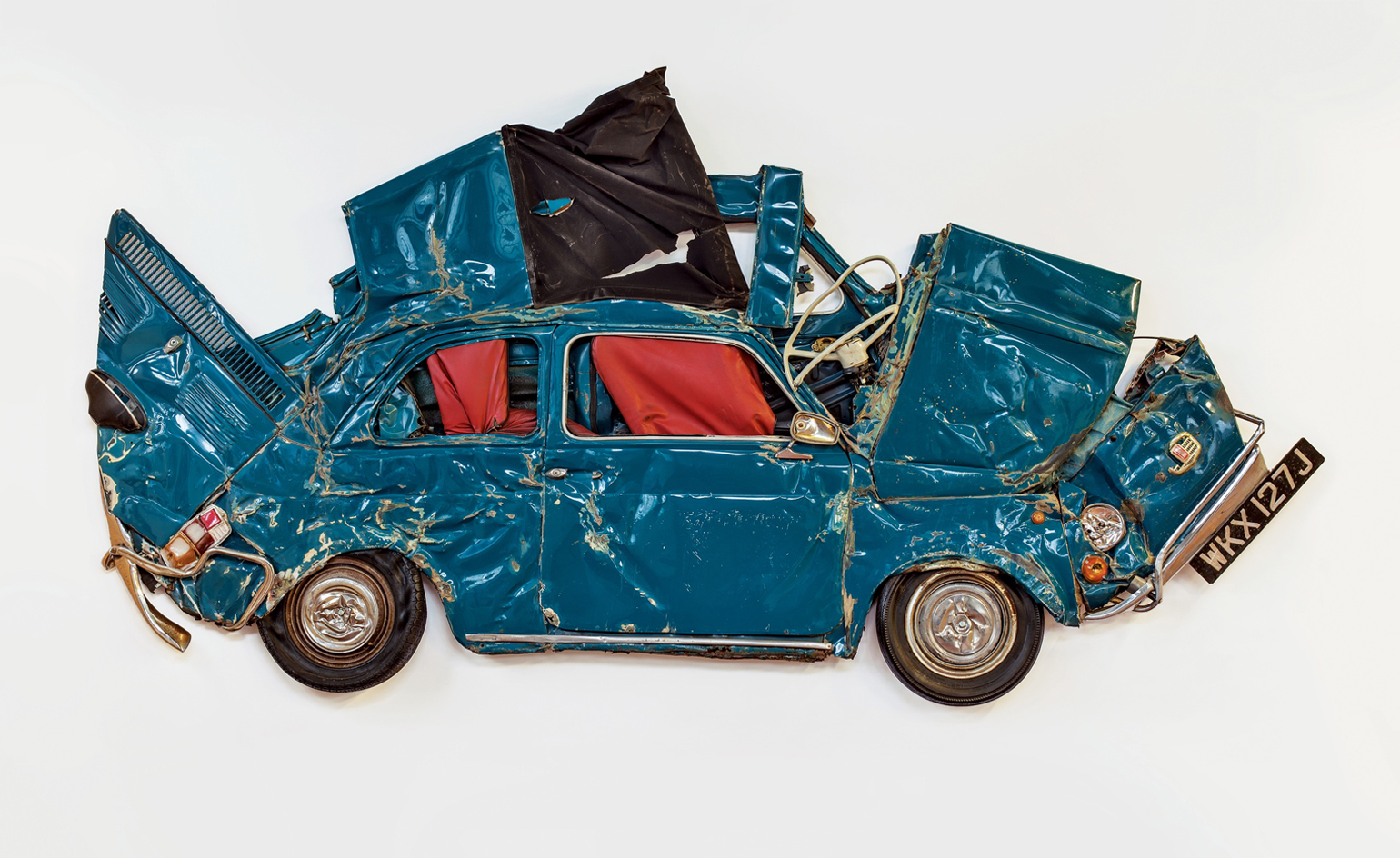
Pictured: Ron Arad, Pressed Flower Petrol Blue, 2013
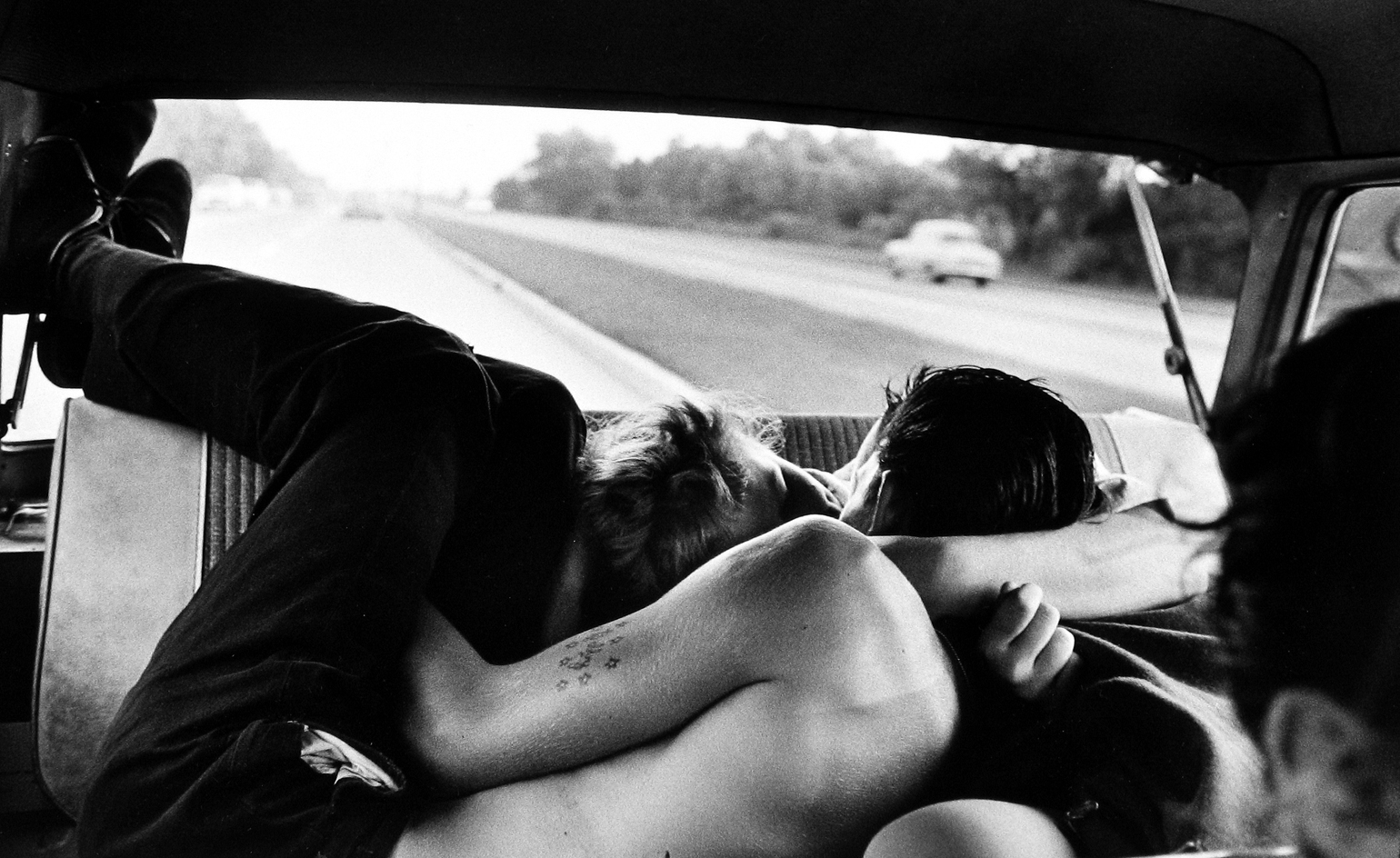
Pictured: Bruce Davidson, Brooklyn Gang (Couple necking in car), 1959

Pictured left: Blair Thurman, Goth rocket, 2014; Pictured right: Jack Pierson, Slow, 2009

Pictured: John Baldessari, National City (2), 1996/2009
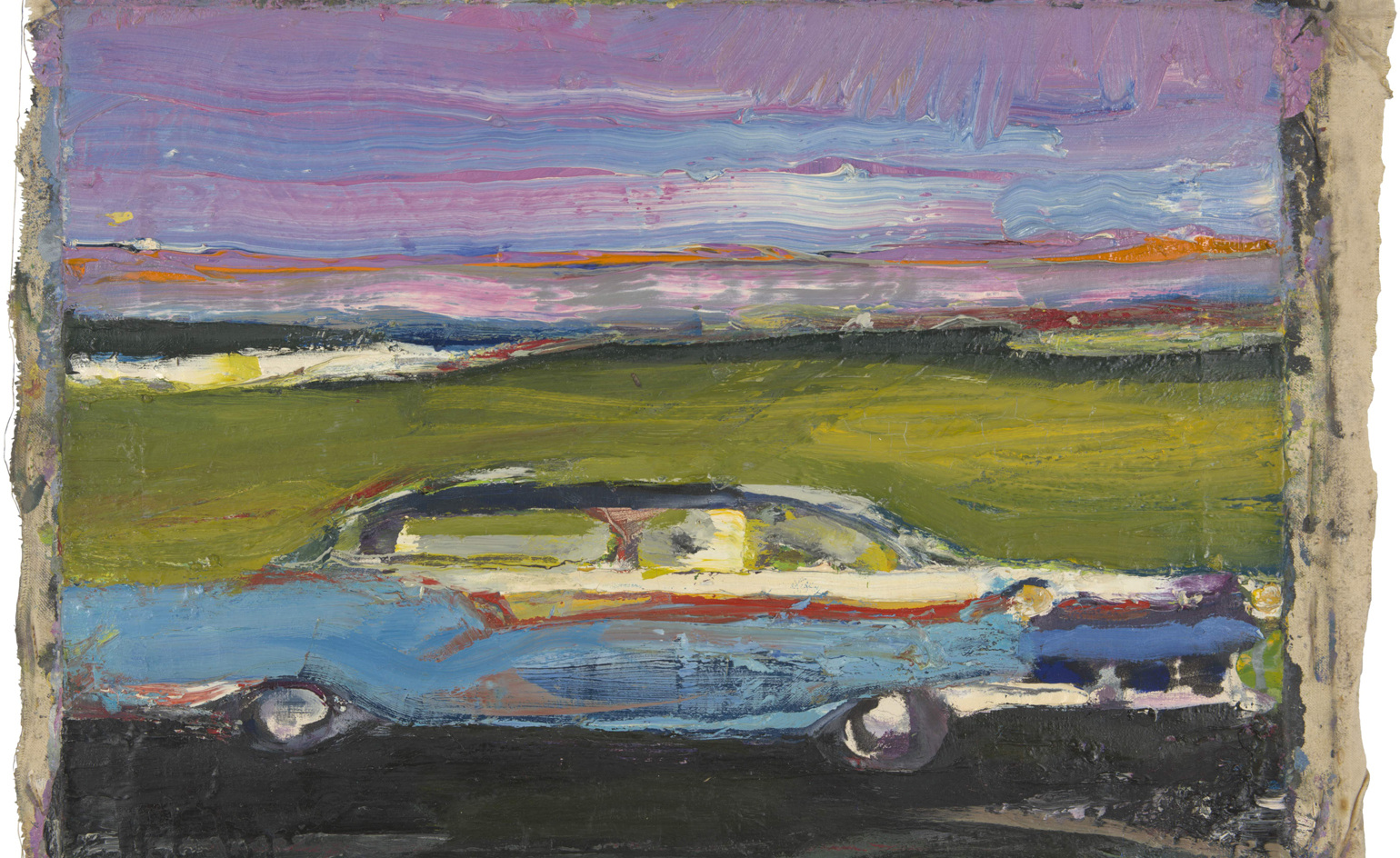
Pictured: Richard Diebenkorn, Untitled (Car), c. 1957-66

Pictured: Richard Prince, Girlfriend, From Cowboys and Girlfriends, 1992
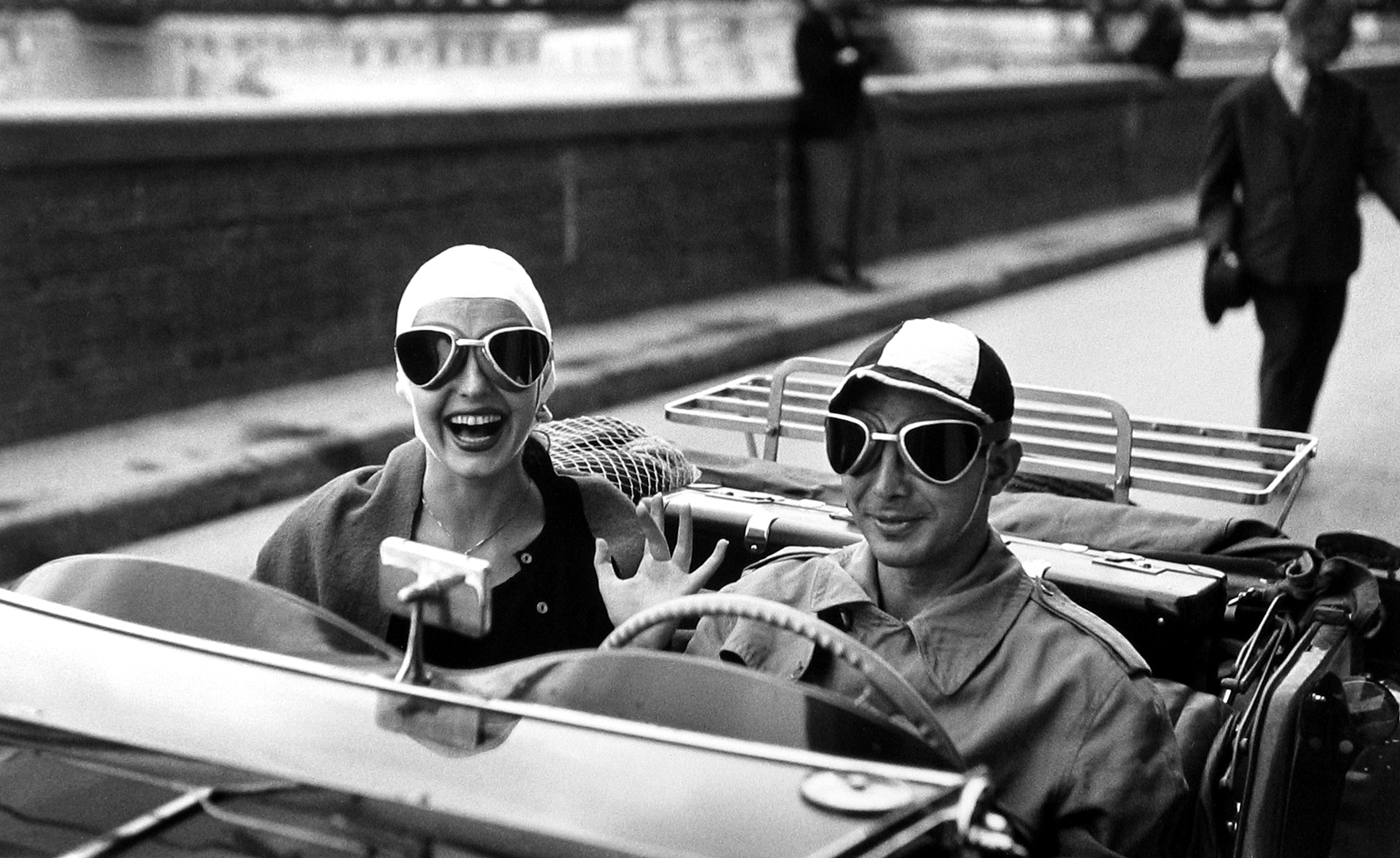
Pictured: Ruth Orkin, Couple in MG, Florence, Italy, 1951
INFORMATION
‘Shrines to Speed’ is on view until 9th July. For more information visit the Leila Heller website
ADDRESS
568 West 25th Street New York, NY 10001
Receive our daily digest of inspiration, escapism and design stories from around the world direct to your inbox.
-
 At last: a London hotel that’s great for groups and extended stays
At last: a London hotel that’s great for groups and extended staysThe July London Victoria, a new aparthotel concept just steps away from one of the city's busiest rail stations, is perfect for weekends and long-term visits alike
-
 Three new smartwatches showcase new frontiers in affordable timepiece design
Three new smartwatches showcase new frontiers in affordable timepiece designLong may you run: smartwatches from Withit, Kospet and OnePlus favour function and value above all else, demonstrating just how much the smartwatch has evolved in recent years
-
 Debuts, dandies, Demi Moore: 25 fashion moments that defined 2025 in style
Debuts, dandies, Demi Moore: 25 fashion moments that defined 2025 in style2025 was a watershed year in fashion. As selected by the Wallpaper* style team, here are the 25 moments that defined the zeitgeist
-
 Nadia Lee Cohen distils a distant American memory into an unflinching new photo book
Nadia Lee Cohen distils a distant American memory into an unflinching new photo book‘Holy Ohio’ documents the British photographer and filmmaker’s personal journey as she reconnects with distant family and her earliest American memories
-
 Out of office: The Wallpaper* editors’ picks of the week
Out of office: The Wallpaper* editors’ picks of the weekIt’s been a week of escapism: daydreams of Ghana sparked by lively local projects, glimpses of Tokyo on nostalgic film rolls, and a charming foray into the heart of Christmas as the festive season kicks off in earnest
-
 Ed Ruscha’s foray into chocolate is sweet, smart and very American
Ed Ruscha’s foray into chocolate is sweet, smart and very AmericanArt and chocolate combine deliciously in ‘Made in California’, a project from the artist with andSons Chocolatiers
-
 Inside the work of photographer Seydou Keïta, who captured portraits across West Africa
Inside the work of photographer Seydou Keïta, who captured portraits across West Africa‘Seydou Keïta: A Tactile Lens’, an exhibition at the Brooklyn Museum, New York, celebrates the 20th-century photographer
-
 Out of office: The Wallpaper* editors’ picks of the week
Out of office: The Wallpaper* editors’ picks of the weekFrom sumo wrestling to Singaporean fare, medieval manuscripts to magnetic exhibitions, the Wallpaper* team have traversed the length and breadth of culture in the capital this week
-
 María Berrío creates fantastical worlds from Japanese-paper collages in New York
María Berrío creates fantastical worlds from Japanese-paper collages in New YorkNew York-based Colombian artist María Berrío explores a love of folklore and myth in delicate and colourful works on paper
-
 Out of office: the Wallpaper* editors’ picks of the week
Out of office: the Wallpaper* editors’ picks of the weekAs we approach Frieze, our editors have been trawling the capital's galleries. Elsewhere: a 'Wineglass' marathon, a must-see film, and a visit to a science museum
-
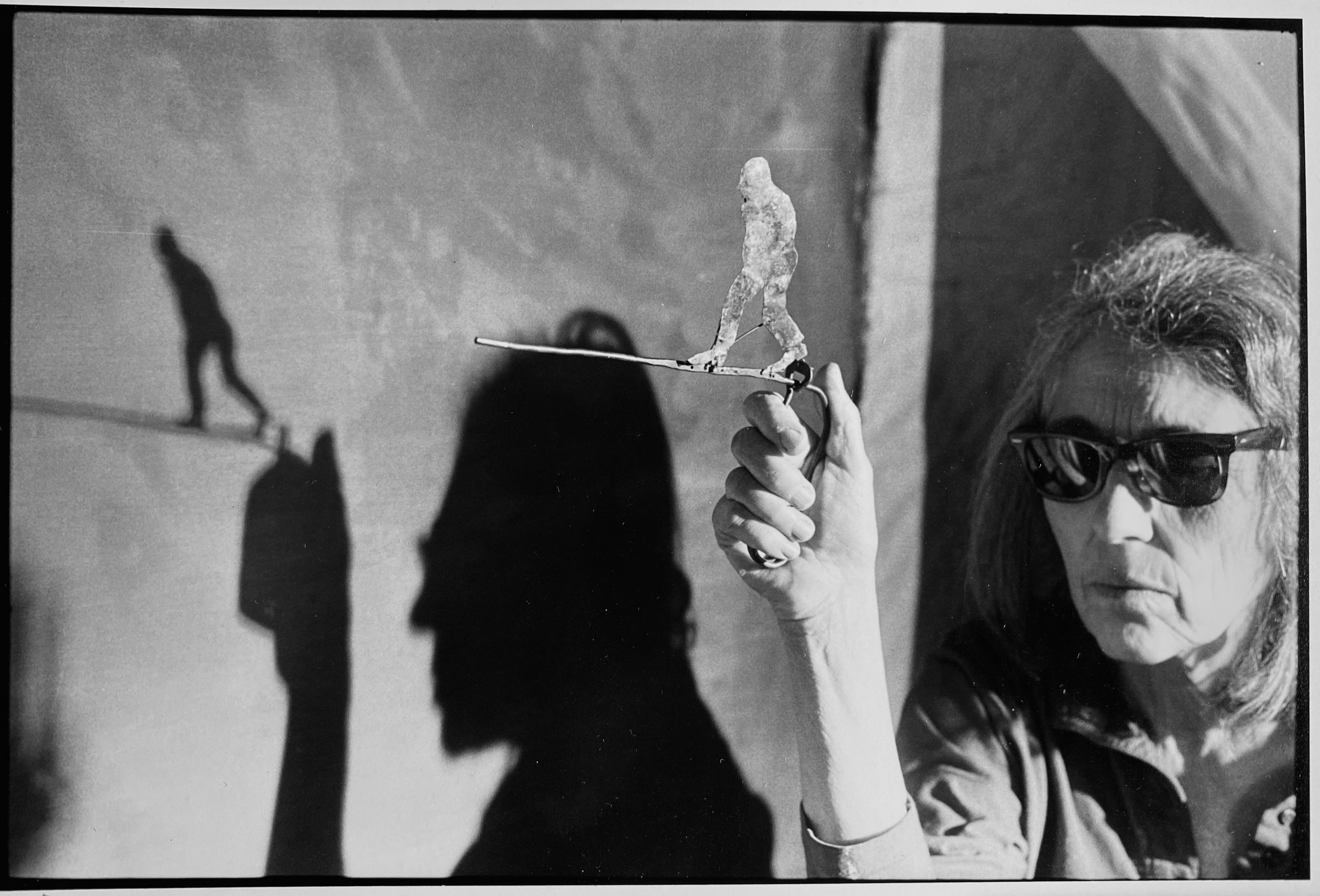 June Leaf’s New York survey captures a life in motion
June Leaf’s New York survey captures a life in motionJune Leaf made art in many forms for over seven decades, with an unstoppable energy and fierce appetite leading her to rationalise life in her own terms.